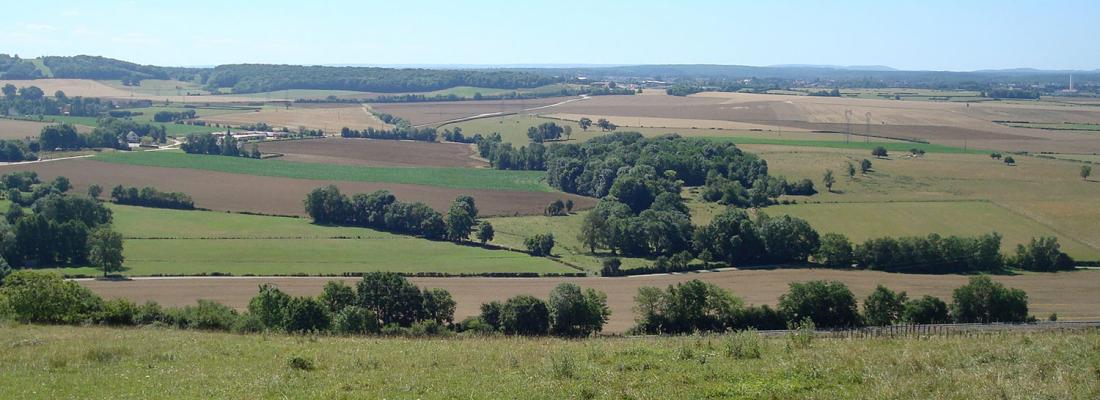Climate change and risks Reading time 2 min
Impacts on agriculture of higher levels of atmospheric CO2
Published on 14 December 2020

Agriculture is an essential socio-economic sector that is not only able to influence climate change but is also directly impacted by it. Before we can identify and quantify the risks that climate change poses for agriculture, establish strategies for adaptation and mitigation and develop sustainable agrifood systems, we must first have an accurate idea of its impacts. Plants will not only have to adapt to variations in temperature and rainfall, they also face an increase in the concentration of CO2 in the atmosphere that may be beneficial (in that it may stimulate growth) but may also have a negative effect on some nutrient concentrations. Although these effects are documented in the scientific literature, uncertainties remain, with the result that climate-change impact models for agriculture use some scenarios that take the effects of an increase in atmospheric CO2 into account while continuing to include others that do not.
A meta-analysis of 228 scientific publications based on experimental observations of the effects of the increase in CO2 in the atmosphere on different crops has now enabled its authors to demonstrate that knowledge of this phenomenon is sufficiently robust for future climate-change impact models to exclude scenarios that do not include it. The authors also propose a route map for future research on the subject, recommending, in particular, that in-field investigations should be carried out involving a range of crops and climates to improve our knowledge of the effects of increased CO2, and that this practical fieldwork should be coupled with experimental work to enhance existing models. They also recommend the establishment of an open-access database that could be consulted by decision makers. This database would provide standardized information on experimental protocols and the data feeding each model, along with modelled climate-change impact projections.
This study constitutes an essential step towards the improvement of the robustness and accuracy of predictive models for the impacts of climate change on agriculture. Such models are essential for evidence-based political decision making and for the development of future strategies for climate change adaptation and attenuation.
|
Reference Toreti, A., Deryng, D., Tubiello, F.N. et al. Narrowing uncertainties in the effects of elevated CO2 on crops. Nat Food 1, 775–782 (2020). https://doi.org/10.1038/s43016-020-00195-4 |
